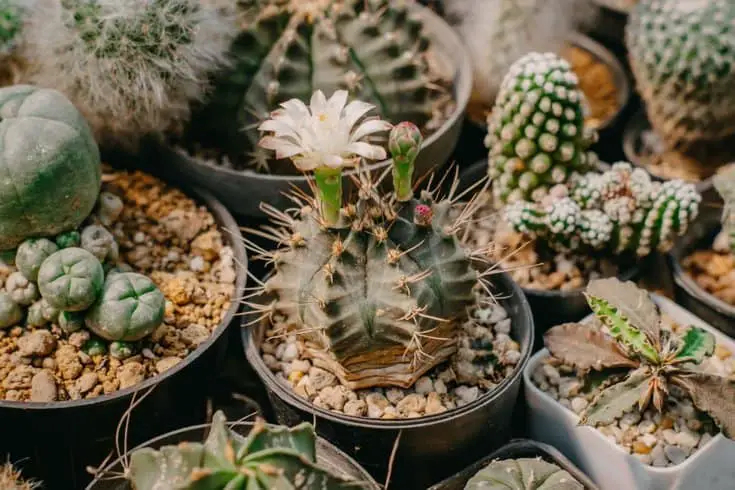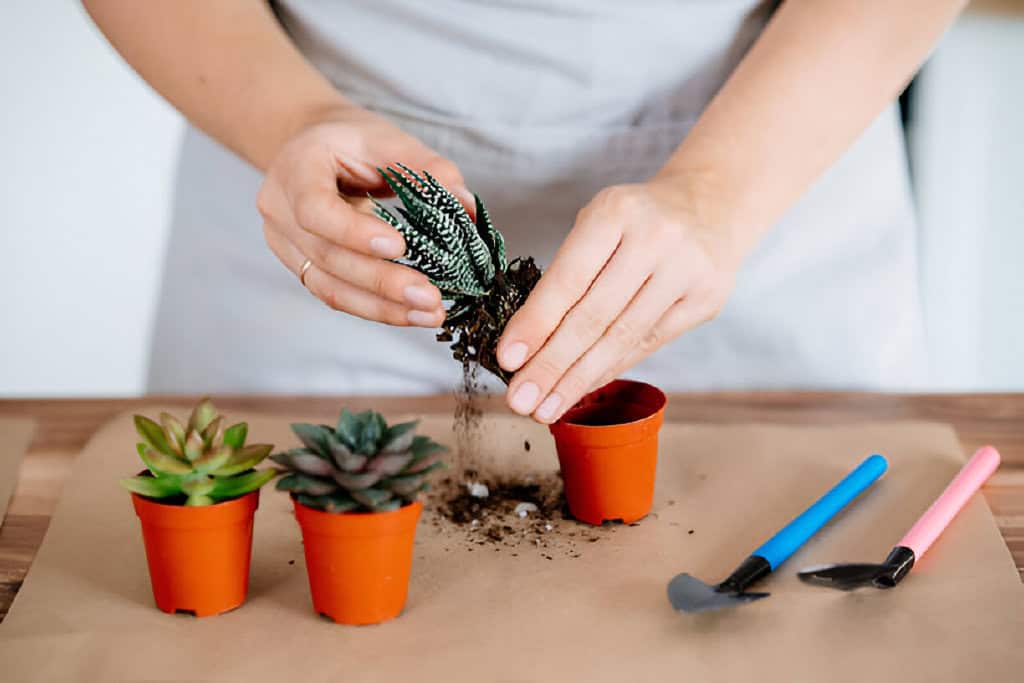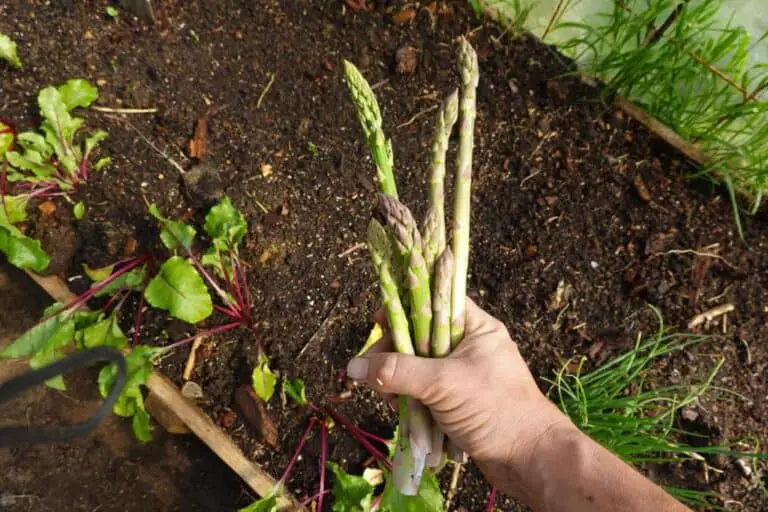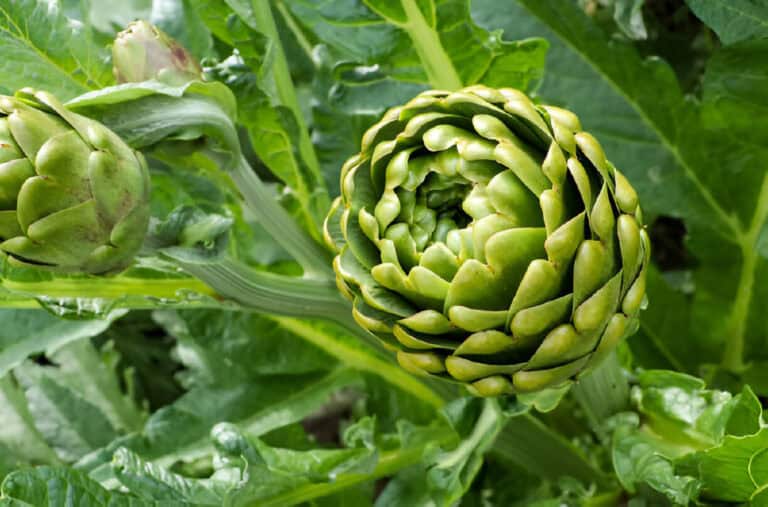Is Cactus Soil Good for Aloe Vera? What You Need to Know

Aloe Vera plants are renowned for their resilience and health benefits, making them a popular choice for both indoor and outdoor gardening. These hardy succulents thrive in environments that mimic their dry, native habitats. This often leads to questions about the best soil mix for their care.
Understanding Aloe Vera’s Soil Needs
Aloe Vera is a succulent that thrives in well-draining soil. In its natural habitat, Aloe Vera grows in sandy, rocky environments with minimal organic matter. The key requirements for Aloe Vera soil include:
- Good Drainage: Prevents waterlogging and root rot.
- Aeration: Allows air to reach the roots.
- Nutrient Content: Moderate nutrients to support growth.
- pH Level: Slightly acidic to neutral, around 6.0 to 7.0.
Characteristics of Cactus Soil
Cactus soil is made for cacti and other succulents. It provides great drainage and aeration. The typical components of cactus soil include:
- Sand: Enhances drainage and mimics natural desert conditions.
- Perlite or Pumice: Improves aeration and prevents soil compaction.
- Organic Matter: Adds nutrients, though in smaller quantities compared to regular potting soil.
- Gravel or Grit: Further aids in drainage.
Comparing Aloe Vera and Cactus Soil Needs
Given their similar native environments, Aloe Vera and cacti share many soil requirements. Both plants prefer well-draining, aerated soil with minimal organic content. Here’s a side-by-side comparison:
| Soil Requirement | Aloe Vera | Cactus Soil |
| Drainage | Excellent | Excellent |
| Aeration | Good | Good |
| Nutrient Content | Moderate | Moderate |
| pH Level | 6.0-7.0 | 5.5-6.5 |
While both Aloe Vera and cacti benefit from similar soil properties, slight differences exist. Aloe Vera prefers a slightly higher pH range and may require slightly more organic matter than cacti.
Benefits of Using Cactus Soil for Aloe Vera
Using cactus soil for Aloe Vera offers several advantages:
1. Enhanced Drainage
Cactus soil’s main benefit is its excellent drainage. It prevents water from pooling around the roots. This is crucial for Aloe Vera, as standing water can lead to root rot and other issues.
2. Improved Aeration
The inclusion of perlite or pumice in cactus soil ensures that air can circulate freely around the roots. This promotes healthy root development and prevents soil compaction.
3. Reduced Risk of Overwatering
Cactus soil’s fast-draining nature reduces the risk of overwatering, a common problem for Aloe Vera owners. This soil mix dries out quickly, mimicking the plant’s natural habitat.
4. Compatibility with Succulents
Since Aloe Vera is a succulent, it shares similar soil preferences with cacti. Using cactus soil simplifies care routines, especially for those who grow multiple succulents.
Potential Drawbacks of Cactus Soil

While cactus soil is generally suitable for Aloe Vera, there are a few considerations:
1. Nutrient Content
Cactus soil has low organic matter. It may not provide enough nutrients for Aloe Vera over time. Supplementing with occasional fertilization can address this issue.
2. pH Adjustments
Cactus soil can be slightly more acidic than Aloe Vera’s ideal range. Monitoring the pH and making adjustments with lime or other amendments can ensure optimal conditions.
| Also read: Why Is My Cactus Turning Brown at Bottom and Top? |
Customizing Cactus Soil for Aloe Vera
To create the perfect soil mix for Aloe Vera, you can customize cactus soil by adding specific components. Here’s a simple recipe:
Ingredients
- 2 parts cactus soil
- 1 part potting soil
- 1 part perlite or pumice
- 1 part coarse sand
Instructions
- Mix Components: Combine cactus soil, potting soil, perlite or pumice, and coarse sand in a large container.
- Blend Thoroughly: Mix well to ensure even distribution of all components.
- Test Drainage: Check the mix for drainage by watering it and observing how quickly the water drains.
- Adjust if Needed: If the mix retains too much water, add more perlite or sand. If it drains too quickly, add more potting soil.
Tips for Planting and Repotting Aloe Vera in Cactus Soil
Using the customized cactus soil, you can plant or repot your Aloe Vera with confidence. Follow these steps for successful planting:
Planting
- Select a Pot: Choose a pot with drainage holes to prevent water accumulation.
- Prepare the Soil: Fill the pot with the customized cactus soil mix, leaving space for the plant.
- Position the Plant: Place the Aloe Vera in the center, ensuring the roots are spread out.
- Fill and Firm: Add soil around the roots, gently firming it down to eliminate air pockets.
- Watering: Water thoroughly, allowing excess water to drain out.
Repotting
- Frequency: Repot every 2-3 years or when the plant becomes root-bound.
- Remove the Plant: Gently remove the Aloe Vera from its current pot.
- Loosen Roots: Carefully loosen the root ball to encourage new growth.
- New Pot: Place the plant in a slightly larger pot with fresh soil mix.
- Fill and Water: Fill in with soil, firm lightly, and water thoroughly.
Caring for Aloe Vera
Proper care ensures your Aloe Vera remains healthy and vibrant. Key care tips include:
Watering
- Frequency: Water when the top 1-2 inches of soil are dry.
- Method: Water deeply and allow excess to drain. Avoid letting the plant sit in water.
Light
- Indoors: Place in bright, indirect light. Some direct sunlight is beneficial.
- Outdoors: Ensure partial to full sun, depending on your climate.
Temperature
- Optimal Range: Aloe Vera prefers temperatures between 55-80°F (13-27°C).
- Protection: Protect from frost and extreme heat.
Fertilizing
- Frequency: Fertilize during the growing season (spring and summer).
- Type: Use a balanced, water-soluble fertilizer diluted to half strength.
Pruning
- Health: Remove dead or damaged leaves to promote healthy growth.
- Shape: Prune to maintain desired shape and size.
| Read: Can Succulents Thrive in Shallow Soil? |
Common Issues and Solutions
Root Rot
Cause: Overwatering or poor drainage. Solution: Ensure well-draining soil, allow soil to dry between waterings, and use pots with drainage holes.
Pests
Common Pests: Mealybugs, spider mites, and aphids. Solution: Treat with insecticidal soap, neem oil, or remove pests manually.
Yellowing Leaves
Cause: Overwatering, underwatering, or poor light conditions. Solution: Adjust watering schedule and ensure proper lighting.
Leaf Drop
Cause: Sudden temperature changes or overwatering. Solution: Maintain consistent temperatures and allow soil to dry between waterings.
Conclusion
Cactus soil is perfect for Aloe Vera. It drains well and allows air, which these succulents need to thrive. Cactus soil may need some tweaking to suit Aloe Vera’s nutrient and pH needs. But, its benefits far outweigh the drawbacks.
By knowing the soil needs and providing care, you can keep your Aloe Vera healthy and vibrant for years. Embrace the simplicity and effectiveness of cactus soil, and watch your Aloe Vera flourish in its optimal environment.






